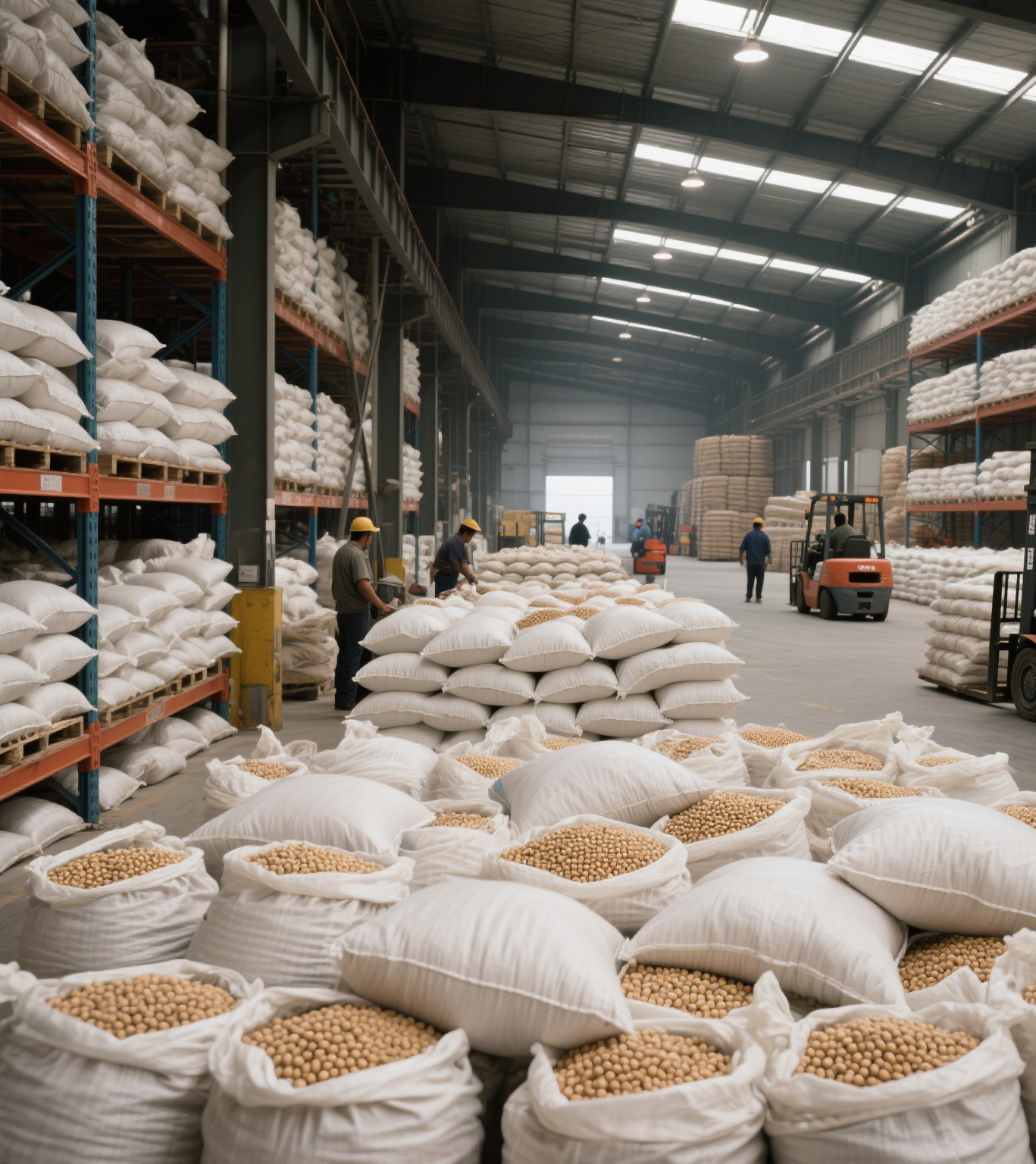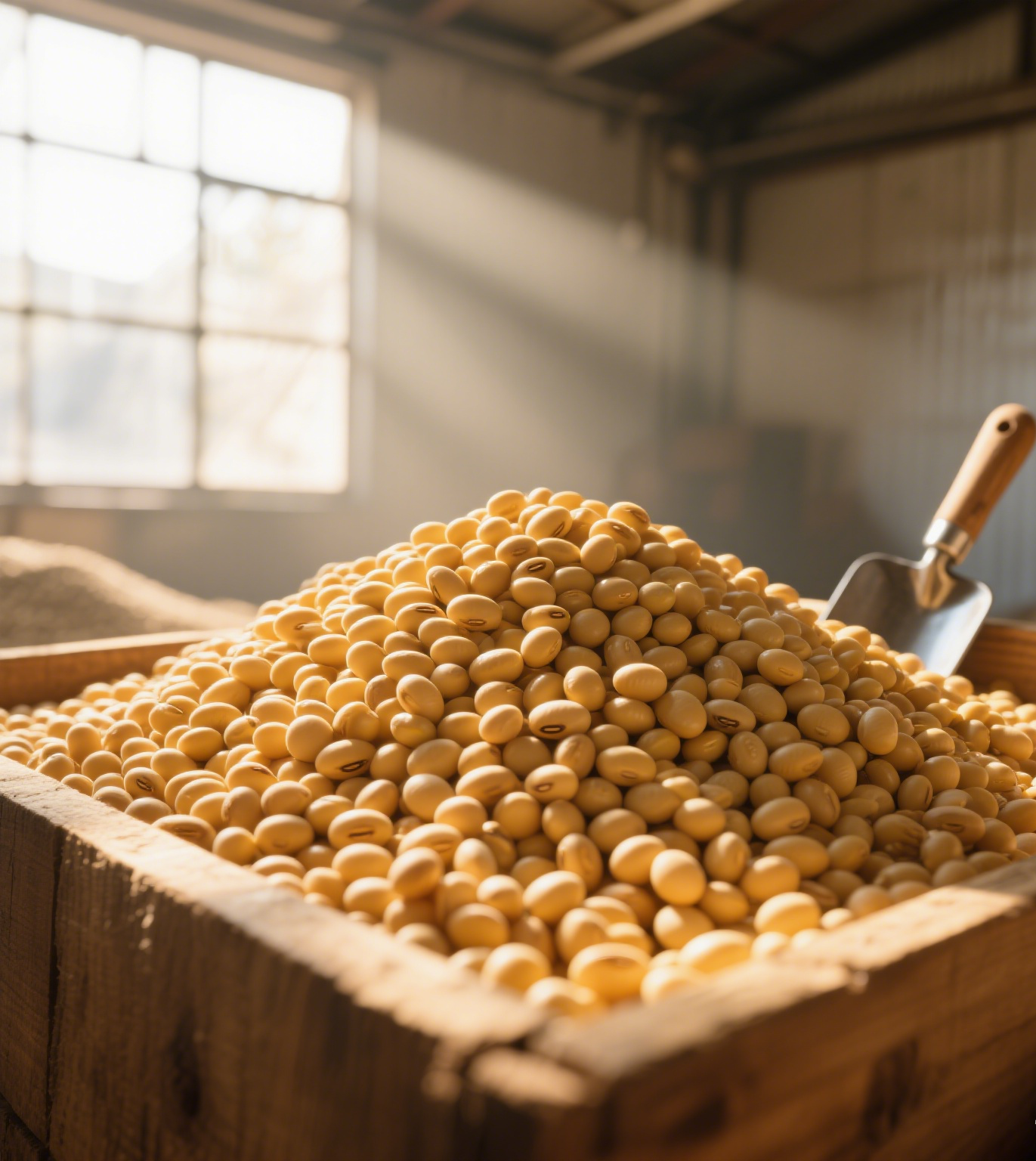Understanding the Role of Plant-Based Proteins in Modern Food Innovation
The evolution of meat alternatives has revolutionized the food industry, with soy protein emerging as a fundamental ingredient in creating convincing meat substitutes. This versatile plant protein has become the backbone of many plant-based products, offering both nutritional value and crucial structural properties that mimic conventional meat. As consumers increasingly embrace plant-based diets, manufacturers have refined their techniques to harness the unique characteristics of soy protein, transforming it into products that deliver the texture, appearance, and eating experience that consumers expect.
The remarkable ability of soy protein to improve structure in meat substitutes stems from its complex molecular composition and functional properties. When properly processed and combined with other ingredients, soy protein creates a matrix that closely resembles muscle fiber organization in traditional meat products. This technological achievement has been crucial in developing products that satisfy both vegetarians and flexitarians who seek authentic meat-like experiences.
The Science Behind Soy Protein's Structural Properties
Molecular Composition and Functionality
At its core, soy protein consists of various protein fractions, primarily glycinin and beta-conglycinin, which contribute to its exceptional functionality in food systems. These proteins possess unique amino acid sequences that enable them to form networks and structures essential for meat-like texture development. When exposed to specific processing conditions, soy protein molecules unfold and interact with each other, creating a complex three-dimensional matrix.
The functionality of soy protein in meat substitutes is largely attributed to its ability to undergo gelation, water binding, and fiber formation. These properties are enhanced through careful control of processing parameters such as temperature, pH, and ionic strength, allowing manufacturers to achieve desired textural characteristics in their final products.
Water Binding and Gelation Mechanisms
One of the most valuable attributes of soy protein is its superior water-holding capacity. This property is essential for creating juicy, tender meat alternatives that maintain their texture during cooking. The protein molecules can trap water within their structure, preventing moisture loss and maintaining product integrity throughout processing and preparation.
The gelation process of soy protein is particularly crucial in structure formation. When heated, soy proteins form a three-dimensional network that entraps water and other components, creating a firm yet elastic texture characteristic of meat products. This process is fundamental to achieving the desired bite and mouthfeel in meat substitutes.

Processing Techniques for Optimal Structure Development
Extrusion Technology Applications
High-moisture extrusion cooking has emerged as a leading technology in creating fibrous, meat-like structures using soy protein. This process involves subjecting soy protein materials to high temperature, pressure, and mechanical shear forces, resulting in the alignment of protein molecules into fibrous structures that closely resemble muscle tissue. The combination of heat and mechanical energy during extrusion helps create the characteristic texture and appearance of meat substitutes.
The versatility of extrusion technology allows manufacturers to adjust processing parameters to achieve various textures, from tender chicken-like products to firmer beef alternatives. The precise control over temperature, pressure, and screw speed enables the customization of final product characteristics to meet specific market demands.
Protein Modification and Enhancement
Advanced protein modification techniques have been developed to enhance the structural properties of soy protein in meat substitutes. These include enzymatic treatments, pH modifications, and controlled aggregation processes that improve the protein's functionality. Such modifications can enhance the protein's ability to form stable networks and improve its texture-forming properties.
Chemical and physical modifications of soy protein can also influence its ability to interact with other ingredients, leading to better structure formation and stability in the final product. These modifications are carefully controlled to maintain the protein's nutritional value while optimizing its functional properties.
Formulation Strategies for Enhanced Texture
Ingredient Synergies and Interactions
The successful development of meat substitutes relies heavily on understanding how soy protein interacts with other ingredients in the formulation. Combinations of different plant proteins, hydrocolloids, and lipids can create synergistic effects that enhance overall structure and texture. These interactions are carefully balanced to achieve optimal results in terms of both functionality and sensory properties.
Strategic use of binding agents and stabilizers alongside soy protein can significantly improve the structural integrity of meat substitutes. These ingredients work together to create a more robust and stable product that can withstand various processing and cooking methods while maintaining its desired characteristics.
Texture Optimization Techniques
Achieving the perfect texture in meat substitutes requires careful consideration of particle size, protein concentration, and processing conditions. Manufacturers employ various techniques to optimize these parameters, including pre-treatment of soy protein ingredients, controlled hydration processes, and specific mixing protocols. These methods ensure consistent product quality and desired textural attributes.
The development of novel texturization methods continues to advance, with emerging technologies offering new possibilities for structure improvement. These innovations focus on creating more sophisticated and authentic meat-like textures while maintaining the functional benefits of soy protein.
Quality Control and Structure Evaluation
Analytical Methods for Structure Assessment
Modern food science employs sophisticated analytical techniques to evaluate the structural properties of soy protein-based meat substitutes. These include microscopy, texture profile analysis, and rheological measurements that provide detailed information about product structure and performance. Such analyses are essential for maintaining consistency and quality in production.
Regular monitoring of structural parameters helps manufacturers optimize their processes and ensure that products meet specified quality standards. These measurements also guide product development efforts and help in understanding the relationship between processing conditions and final product characteristics.
Sensory Evaluation and Consumer Acceptance
The ultimate test of structure improvement in meat substitutes is consumer acceptance. Trained sensory panels and consumer testing provide valuable feedback on texture, mouthfeel, and overall eating quality. This information helps manufacturers refine their formulations and processing parameters to better meet consumer expectations.
Understanding the correlation between instrumental measurements and sensory perception is crucial for product development and quality control. This knowledge enables manufacturers to make informed decisions about process adjustments and formulation modifications to enhance product quality.
Frequently Asked Questions
What makes soy protein particularly effective in meat substitute products?
Soy protein is highly effective in meat substitutes due to its unique amino acid composition, superior water-holding capacity, and ability to form fibrous structures through various processing methods. These properties allow it to create textures that closely resemble conventional meat products while providing excellent nutritional value.
How does processing affect the structural properties of soy protein?
Processing conditions such as temperature, pressure, and mechanical forces significantly influence how soy protein molecules interact and form structures. Controlled processing helps achieve desired texture and appearance by promoting protein unfolding, cross-linking, and fiber formation, resulting in improved meat-like characteristics.
Can soy protein structure be maintained during cooking and storage?
Yes, properly formulated and processed soy protein structures can maintain their integrity during cooking and storage. This stability is achieved through careful control of protein modifications, appropriate use of supporting ingredients, and optimal processing conditions that create robust protein networks capable of withstanding various preparation methods.

